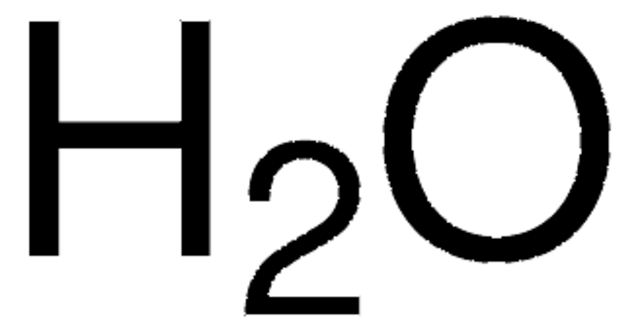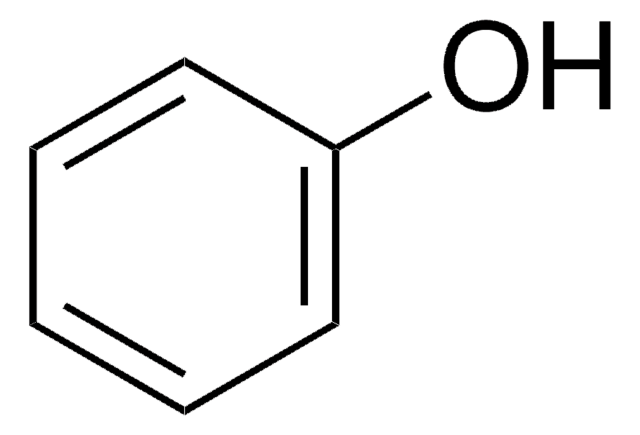W296708
Pyroligneous acid
natural (US)
Synonym(s):
Wood vinegar
About This Item
Recommended Products
grade
natural (US)
Quality Level
reg. compliance
FDA 21 CFR 172.515
refractive index
n20/D 1.374 (lit.)
bp
99 °C (lit.)
density
1.08 g/mL at 25 °C (lit.)
application(s)
flavors and fragrances
documentation
see Safety & Documentation for available documents
food allergen
no known allergens
organoleptic
woody; smoky
Related Categories
General description
Disclaimer
related product
signalword
Warning
hcodes
Hazard Classifications
Acute Tox. 4 Dermal - Eye Irrit. 2 - Flam. Liq. 3 - Skin Irrit. 2 - STOT SE 3
target_organs
Respiratory system
wgk_germany
WGK 3
flash_point_f
closed cup
flash_point_c
closed cup
ppe
Eyeshields, Faceshields, Gloves, type ABEK (EN14387) respirator filter
Certificates of Analysis (COA)
Search for Certificates of Analysis (COA) by entering the products Lot/Batch Number. Lot and Batch Numbers can be found on a product’s label following the words ‘Lot’ or ‘Batch’.
Already Own This Product?
Find documentation for the products that you have recently purchased in the Document Library.
Our team of scientists has experience in all areas of research including Life Science, Material Science, Chemical Synthesis, Chromatography, Analytical and many others.
Contact Technical Service



